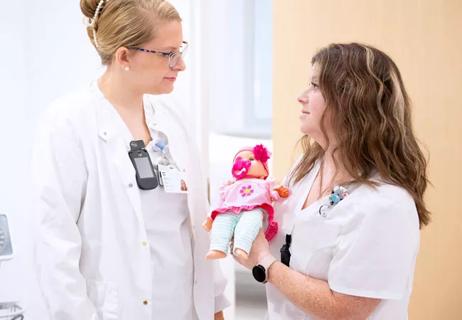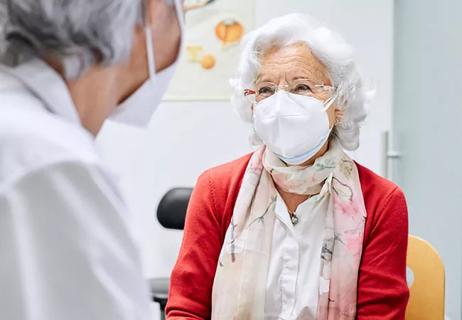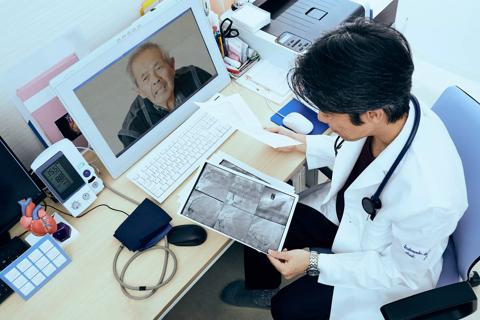Education, more treatments and training

In 1982, hospice became a Medicare benefit, expanding access to this crucial end-of-life care philosophy and practice. Nevertheless, there are still barriers that exist. Today, 35 years later, only about a third of Medicare enrollees use hospice, and, although the benefit is good for up to six months, their median length of stay is just 17 days.
Cleveland Clinic is a non-profit academic medical center. Advertising on our site helps support our mission. We do not endorse non-Cleveland Clinic products or services. Policy
J. Brandon Walters, MD, Medical Director for Cleveland Clinic Hospice, is working hard to expand access. “We want to get the word out that hospice is not just about a patient’s last days,” he says. “It’s about life and living well with the time you have left.”
Physicians who treat patients with advanced diseases often view hospice as the final step for a patient when all curative treatment has been exhausted, Dr. Walters says. He thinks a better approach is to recognize that hospice is part of the continuum of medical care and to access hospice services in the last months (rather than days) of life. This balanced approach to caring for patients with life-limiting illnesses, he says, is also called concurrent care, both disease-modifying therapies and palliative care for symptom management. As a patient’s illness progresses, he adds, palliative medicine providers assist by shifting the emphasis to symptom management and early hospice referral.
Dr. Walters says both the Hospice Development Committee and the Center for End of Life Care are working to increase awareness among Cleveland Clinic staff about the role the hospice program can play to help seriously ill patients. In addition, he says, hospice doctors and nurses are using social media such as Twitter to get the word out to colleagues. “It’s helped us start conversations and put different points forward relative to our field,” he says. “And it’s connected us to a lot of our colleagues at Cleveland Clinic and elsewhere.”
Hospice programs often shy away from offering certain medical treatments once a patient is enrolled in hospice. For instance, Dr. Walters says, if a patient has cancer that’s metastasized to a bone, radiation treatment can help with pain relief, yet few hospices would offer such a treatment — rather they would tell the patient to wait to enroll in hospice until after such a procedure.
At Cleveland Clinic, however, that’s changing, Dr. Walters says. He and his staff work with specialists to offer treatments for hospice patients such as radiation for pain relief, blood transfusions for patients who are severely anemic and short of breath, or IV cardiac medicine for advanced heart failure patients that can help their heart pump better for a while.
“We’ve partnered with the rest of Cleveland Clinic to say that in situations like this, if it’s providing symptomatic benefit, then it may be useful as part of a patient’s hospice care.” Dr. Walters says. “We do this because it helps patients access hospice early. We don’t want to wait until the last minute. There’s a lot of work in hospice that’s not just about the last hours of life.”
Baby boomers are aging and are part of a larger population who will need access to hospice and highly trained physicians to care for them. To help with this growing demand, Dr. Walters says, Cleveland Clinic’s palliative medicine fellowship program is educating young doctors to become hospice professionals.
Graduates of the program may go on to do research or clinical work at a large hospital or they may become medical directors of hospices across the country, he says, but all receive good training for hospice care no matter what career path they follow after graduation. “By training young physicians,” he says, “we are helping to expand the field and expand access to high-quality hospice care.”

Pilot study confirms feasibility of conducting additional research on the novel treatment

Longer hospitalization does not mean a safer, faster recovery for patients age 70+

Structured data helps identify older adults at risk for poor outcomes, defines patients who require more comprehensive assessments

Self-administered tool can be completed in 10 minutes in waiting room

Social prescribing turns leisure activities into good “medicine”

A large geriatric study aims to find the answers

Analysis underscores how telehealth can help pinpoint elder abuse